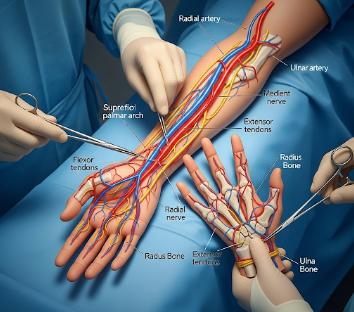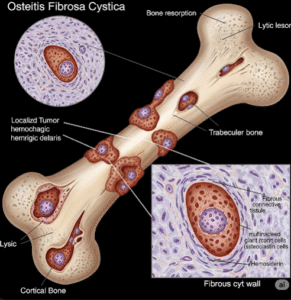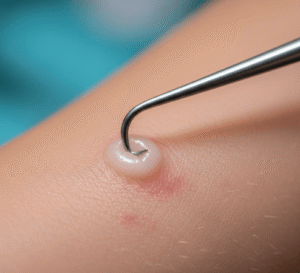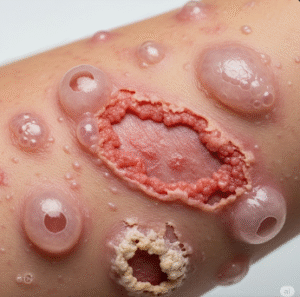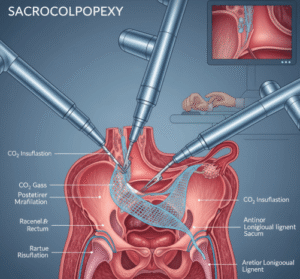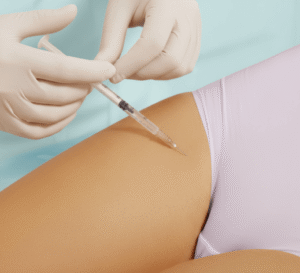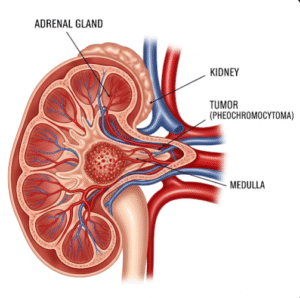Overview
Hand transplant is a highly specialized surgical procedure that involves replacing a lost or severely damaged hand with a donor hand. This complex surgery restores function, sensation, and appearance, offering patients a chance to regain independence and improve their quality of life.
South Korea is recognized for advanced microsurgical techniques, state-of-the-art operating rooms, and multidisciplinary rehabilitation programs, making it a preferred destination for patients seeking hand transplantation with high success rates and expert care.
What is Hand Transplant?
A hand transplant is a surgical replacement of a missing hand using a donor hand from a deceased individual. The procedure involves:
- Attaching bones using plates, screws, or wires
- Repairing blood vessels to restore circulation
- Connecting tendons, muscles, and ligaments for movement
- Repairing nerves to restore sensation and motor function
- Skin closure and cosmetic alignment for natural appearance
Candidates for hand transplantation usually have:
- Traumatic hand or arm amputation
- Congenital absence of a hand (rare)
- Patients motivated and medically fit to adhere to lifelong immunosuppressive therapy
What are the Benefits?
- Restores hand function → Grasp, hold, and perform daily activities
- Improves appearance → Psychological and social benefits
- Restores sensation → Ability to feel touch, temperature, and pain
- Enhances quality of life and independence
- Advanced microsurgical techniques in Korea → High success rates and functional outcomes
- Comprehensive rehabilitation programs → Intensive physiotherapy and occupational therapy for optimal recovery
Procedure Details
1) How should I prepare for Hand Transplant?
- Medical evaluation → Blood tests, imaging (X-rays, MRI), heart and lung assessment
- Psychological assessment → Motivation, coping skills, and commitment to rehabilitation
- Pre-transplant planning → Matching donor hand (blood type, tissue compatibility, skin color, and size)
- Medication preparation → Plan for lifelong immunosuppressive therapy
- Consultation → Multidisciplinary team including surgeons, anesthesiologists, therapists, and coordinators
2) What happens during the procedure Hand Transplant?
- Anesthesia → General anesthesia with full monitoring
- Surgical steps →
- Bone fixation with plates, screws, or pins
- Microsurgical connection of arteries and veins to establish blood flow
- Tendon and ligament repair for movement
- Nerve repair to restore sensation and motor control
- Skin closure and cosmetic adjustment
- Duration → 8–12 hours or longer depending on complexity
- Monitoring → Continuous monitoring of vital signs and hand perfusion during surgery
3) What happens after a Hand Transplant?
- Intensive care → First 24–48 hours with monitoring of circulation and nerve function
- Hospital stay → Typically 2–3 weeks
- Immunosuppressive therapy → Lifelong medication to prevent rejection
- Physiotherapy → Begin gentle exercises after a few days to weeks; gradually increase activity
- Follow-up visits → Regular assessments for rejection, function, and rehabilitation progress
Risks / Benefits
Risks
- ➤ Rejection of the donor hand → Requires adjustment of immunosuppressive therapy
- ➤ Infection due to immunosuppressants
- ➤ Blood clots or impaired circulation in the transplanted hand
- ➤ Nerve or tendon complications affecting function
- ➤ Long-term side effects of immunosuppressive drugs (kidney issues, hypertension, diabetes)
- ➤ Psychological stress or adjustment difficulties
Benefits
- ➤ Restores function and sensation of the hand
- ➤ Improves quality of life and independence
- ➤ Enhances appearance and social confidence
- ➤ Advanced microsurgical techniques in Korea → High success and functional recovery rates
- ➤ Comprehensive rehabilitation and follow-up care
Recovery and Outlook
- Immediate recovery → Monitoring for circulation, infection, and early rejection
- Hospital stay → 2–3 weeks post-surgery
- Initial movement and therapy → Passive exercises begin early; active movement develops gradually
- Full functional recovery → May take 1–2 years of intensive physiotherapy
- Long-term management → Lifelong immunosuppressive therapy and regular follow-ups
- Psychological support → Counseling and support groups to adjust to the transplanted hand
South Korea provides comprehensive post-operative care, including specialized hand therapists, occupational therapy, psychological support, and close monitoring for rejection, ensuring optimal outcomes.
When To Call the Doctor
Contact your transplant team immediately if you notice:
- ⚠️ Redness, swelling, or pain in the transplanted hand
- ⚠️ Signs of infection (fever, chills)
- ⚠️ Decreased hand movement or sensation
- ⚠️ Unusual bleeding or bruising
- ⚠️ Side effects from immunosuppressive medication
Best Korea Option / Process
South Korea is a leading destination for hand transplantation due to:
- Highly skilled microsurgeons and transplant teams
- State-of-the-art operating rooms and surgical technology
- Comprehensive rehabilitation and physiotherapy programs
- Advanced immunosuppressive management and post-operative care
- International patient support, including coordination, translation, and follow-up
Top Hospitals for Hand Transplant in Korea:
- Severance Hospital, Yonsei University – Expertise in microsurgery and limb transplantation
- Asan Medical Center, Seoul – Advanced reconstructive and transplant services
- Samsung Medical Center – Multidisciplinary transplant care with comprehensive rehabilitation
- Seoul National University Hospital (SNUH) – High success rates in upper limb transplantation
👉 For patients with traumatic or congenital hand loss, Hand Transplant in Korea offers advanced, safe, and highly effective treatment, restoring function, sensation, and quality of life.

